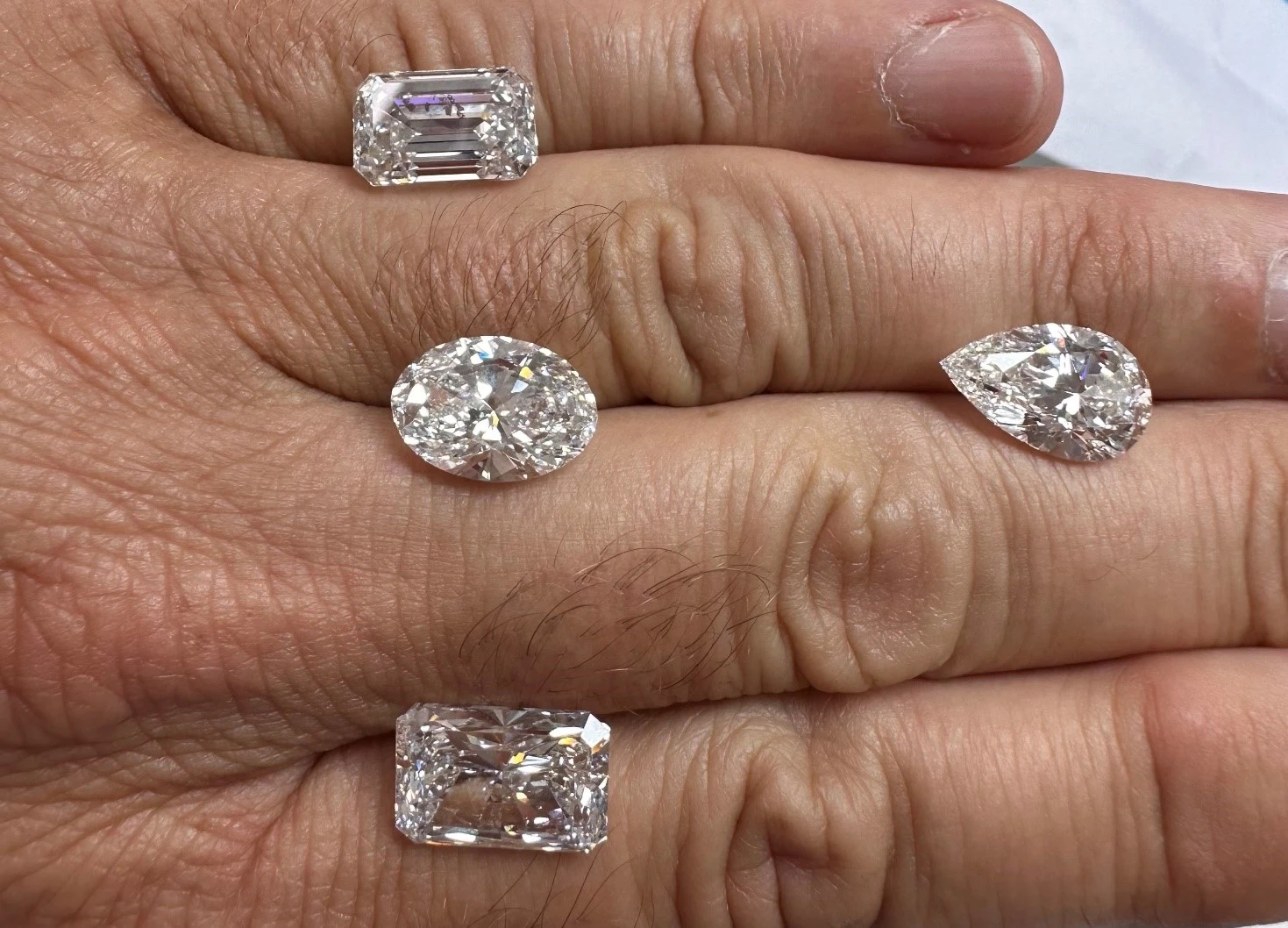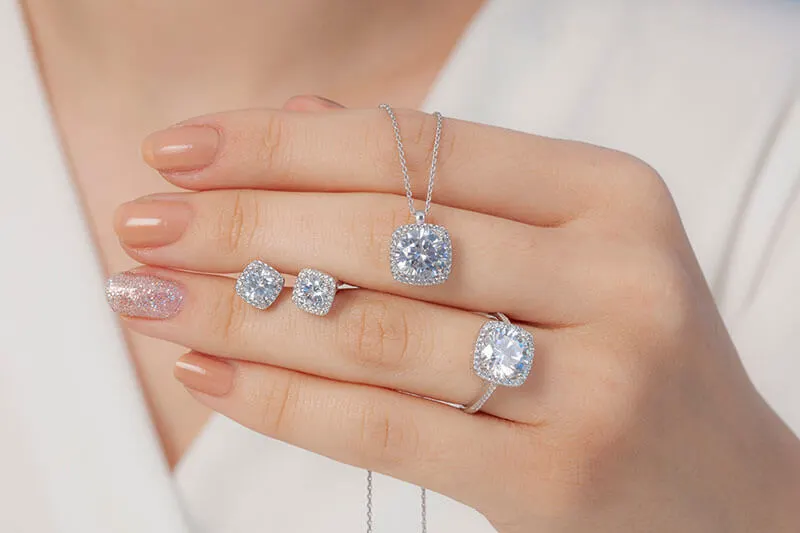Everyone wants to have nice, clear, perfect skin. There are a lot of ways that people go about this. Some people just pick up a skincare routine, some people have regular visits to the dermatologist, and some people use a topical ointment like Biafine. But what is Biafine?
If you’re unfamiliar with this product and someone who likes to have a solid skincare routine, then you’re probably wondering what it is and what it does. That’s precisely the purpose of today’s article. With any amount of luck, you’ll be able to better understand the product and if it is something that you should consider using for your own skin.
What Exactly is Biafine?
If there is any good place to begin this explanation, it’s definitely worth starting at the beginning. So what is Biafine? In short, Biafine is a topical ointment that helps to soothe and heal the skin. It’s often prescribed by dermatologists or other medical professionals to help with a variety of skin conditions.
Biafine contains the main ingredient of Allantoin. This chemical compound is actually found in plenty of plants such as comfrey, wheat sprouts, and even some types of lilies. When this ingredient is topically applied it acts as an anti-inflammatory and can help to speed up the healing process for wounds, burns, and other types of skin damage.
This product first came about in 1974 when it was created by a French company called Pierre Fabre Médicament. The original use for Biafine was meant to be used on post-operative patients who had just undergone radiation therapy treatments.
These treatments would often leave patients with damaged or burned skin (this was before modern technology had caught up). Doctors needed something that could help these patients heal quickly without infection while also not causing any more pain than necessary – enter Biafine!
Nowadays, you don’t have to wait until you’ve been burned by radiation to use this product. It can be found over the counter in most pharmacies (although it’s always a good idea to check with your doctor or dermatologist first). The main use for Biafine is to help heal and soothe any sort of skin damage. This includes things like:
- Sunburns
- Windburns
- Minor cuts and scrapes
- Razor burn
- Eczema flare-ups
Not only does Biafine help with healing, but it can also be used as a preventative measure. If you know that you’re going to be out in the sun for an extended period of time, or if you have sensitive skin that tends to burn easily, you can apply Biafine beforehand.
Doing this will create a barrier between your skin and the elements, helping to prevent any damage from happening in the first place. Preventative measures such as this can go a long way when it comes to skincare.
Biafine is considered to be a wonder drug by many people. It’s easy to use, it’s relatively inexpensive, and it has a wide range of uses. If you’re looking for a product to help soothe your skin, and heal any damage that may have occurred.
Outside of Skincare, What is Biafine Used For?
The title of this section may come off as a tad misleading, depending on your perspective, but the active ingredient in Biafine is actually used for quite a few things outside of the realm of skincare. Allantoin, as it’s called, can be found in plenty of everyday items – you just may not have realized it before!
Allantoin is most commonly used as an ingredient in skincare and cosmetic products. This is because it has amazing properties that are beneficial for the skin. However, Allantoin can also be found in:
- Toothpastes:
- Allantoin helps to soothe and heal the gums, which is why it’s often found in toothpaste for people who have sensitive teeth or gums.
- Shampoos and conditioners:
- Allantoin can help to add moisture to the hair, making it softer and more manageable.
- Mouthwashes:
- Similar to its benefits for toothpaste, Allantoin can help to soothe a sore throat or mouth.
- Baby products:
- Because Allantoin is so gentle, it’s often found in baby wipes, lotions, and powders
While these are some of the most common items that you’ll find Allantoin in, it’s definitely not limited to just these things. In fact, you may be surprised at how many items contain this ingredient! Here are a few other places where you might find Allantoin:
- First aid creams:
- Allantoin helps to heal and soothe the skin, making it perfect for use in first-aid creams.
- Deodorants:
- Allantoin can help to calm and soothe the skin, which is why it’s often used as an ingredient in natural deodorants.
- Suntan lotions:
- As mentioned before, Allantoin helps to create a barrier between the skin and the elements. This makes it perfect for use in suntan lotions as it can help to prevent sun damage.
- Insect repellents:
- Allantoin can help to keep the skin moisturized, which is why it’s often used in insect repellents.
Allantoin is really an incredible chemical compound. It has so many different uses, and it’s gentle enough to be used on babies! If you’re looking for a product that can help with skin care, then definitely consider giving Biafine a try.
Of course, as with any product, there are always going to be some side effects. The most common side effect of using Allantoin is skin irritation. This is usually only mild and goes away after a short period of time.
However, if you experience any severe side effects or if the irritation does not go away after a few days, stop using the product and consult with your doctor or dermatologist.
All in all, Allantoin is an amazing ingredient that has a wide range of uses. That’s one of the biggest reasons why people enjoy it so much, whether they realize that they’ve been using it or not.
Where Does Allantoin Come From?
If you’ve stuck with us for the duration of today’s article, you might be wondering where this miracle compound comes from. Is it completely synthesized in a lab? Is it pulled from the ground? Where does Allantoin come from?

Allantoin actually comes from a variety of sources. The most common source is plants, as Allantoin is found in plenty of them. However, it can also be found in animals and even some bacteria! Here are some examples of where you might find Allantoin:
- Plants:
- As mentioned before, Allantoin is commonly found in plants such as comfrey and wheat sprouts.
- Animals:
- You can also find small amounts of Allantoin in animals such as cows and sheep. This compound helps to keep their skin healthy!
- Bacteria:
- Believe it or not, some types of bacteria actually produce allantoin well. This includes things like Pseudomonas putida and Aerobacter aerogenes
While these are the most common sources of Allantonioine (the active ingredient in Biafine), there are other ways to synthetically create this compound as well. In fact, many skincare products that contain this ingredient use a synthetic version instead of an organic one.
While there isn’t necessarily anything wrong with this, some people prefer to use products that contain organic ingredients.
If you’re one of those people who prefer organic ingredients, don’t worry! There are plenty of skincare products on the market that contain Allantoin sourced from plants. These products are just as effective as the synthetic versions, so you can rest assured knowing that you’re still getting all of the benefits without any of the synthetic chemicals.
Of course, there are also some downsides to using plant-sourced Allantoin. The biggest downside is that it’s not as readily available as synthetic Allantoin. This means that it might be a bit more difficult to find skincare products containing this ingredient if you’re looking for something specifically made with organic ingredients.
However, this shouldn’t deter you from trying out these products – they’re definitely worth it! More than likely the biggest difference that you’ll notice is the price tag. Plant-sourced Allantoin is often more expensive than synthetic Allantoin, but this is to be expected.
All in all, there are plenty of sources of Allantoin. Whether you’re looking for an organic or synthetic version, you should be able to find what you’re looking for with relative ease. You can try looking online, at your local pharmacy, or even at a health food store. Whichever route you choose, definitely give Allantoin a try – your skin will thank you for it!
Adding to Your Skincare Routine
Finding new products for your skincare routine, while challenging, can be very fun and exciting. However, with so many products on the market, it can be hard to know which ones are worth your time and money. That’s why today we took a deep dive into one particular product: Biafine.
We hope that after reading this article you have a better understanding of what Biafine is and how it can help you. While there are some potential side effects, the benefits definitely outweigh the risks. If you’re still hesitant, make sure to speak with your doctor or dermatologist. They’ll be able to help you make the best decision for your specific skincare needs.





:max_bytes(150000):strip_icc()/biafine1-4a4e7e4bd4274a38b9f1bb4d6f9e5dce.jpg)




